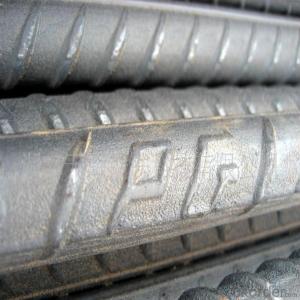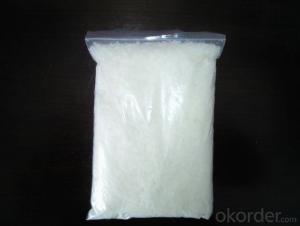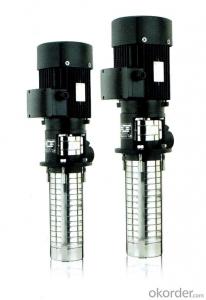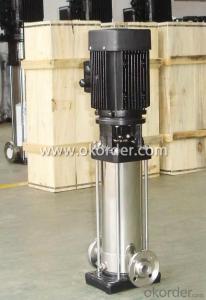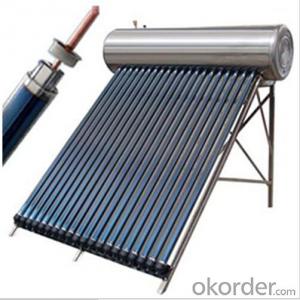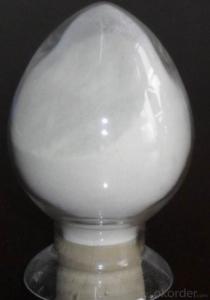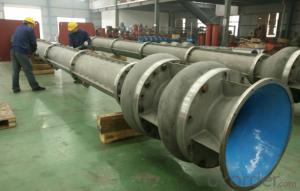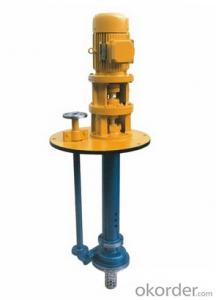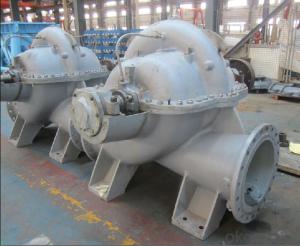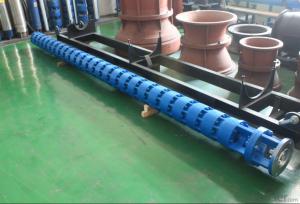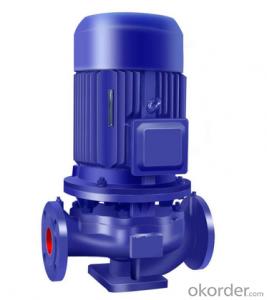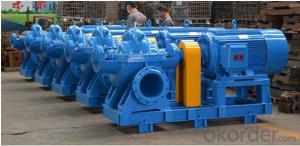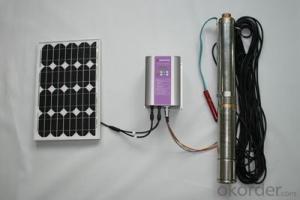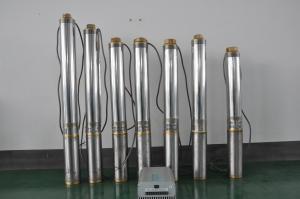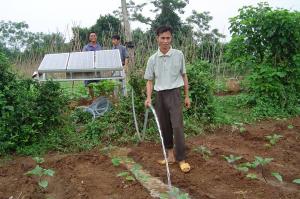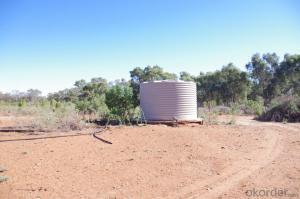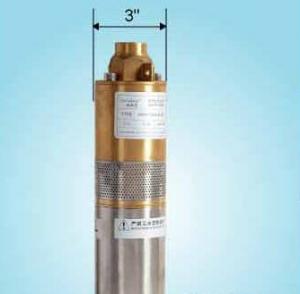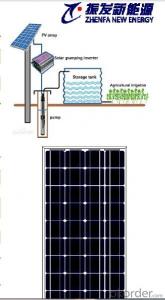Solar Pump Inverter Hs Code
Solar Pump Inverter Hs Code Related Searches
Best Stainless Steel For Knives Wd 40 For Stainless Steel Hole Saw For Stainless Steel Paint For Stainless Steel Stainless Steel For Bbq Step Bit For Stainless Steel Sponge For Stainless Steel Coatings For Stainless Steel Caulking For Stainless Steel Stainless Steel Box With LidHot Searches
Solar Hot Water Collectors For Sale 8 Inch Water Pump For Sale Solar Inverter For Split Ac Solar Inverter With Ac Outlet 1 Hp Solar Water Pump Price Jain Solar Water Pump Price Kirloskar Solar Water Pump Price Aluminum Ac Coil Scrap Price China Solar Ac Module Solar Pump Inverter Price Lorentz Solar Water Pumps Price Price Of Water Cooler Evacuated Tube Solar Collectors Price Lorentz Solar Pumps Price Cost Of Evacuated Tube Solar Collectors Buy Hot Water Bag Fish Tank Air Pump Price Aquarium Air Pump Price Air Pump Price Chlorine Dosing Pump PriceSolar Pump Inverter Hs Code Supplier & Manufacturer from China
Okorder.com is a professional Solar Pump Inverter Hs Code supplier & manufacturer, offers integrated one-stop services including real-time quoting and online cargo tracking. We are funded by CNBM Group, a Fortune 500 enterprise and the largest Solar Pump Inverter Hs Code firm in China.Hot Products
FAQ
- Yes, solar pumps can be used for firefighting or emergency water supply. They are a reliable and sustainable option as they harness energy from the sun to operate, eliminating the need for electricity or fuel. Solar pumps can provide a continuous water supply in remote or off-grid locations, making them ideal for emergencies or firefighting situations where access to electricity or fuel may be limited or unavailable.
- Yes, a solar pump can be used for water supply in remote campgrounds. Solar pumps are an excellent choice for off-grid locations as they utilize solar energy to power the pump, eliminating the need for electricity. This makes them highly suitable for remote areas where access to power sources may be limited or non-existent. Solar pumps are reliable, energy-efficient, and can provide a sustainable water supply solution for remote campgrounds.
- A solar pump system might generate some noise, albeit usually minimal. The extent of the noise is contingent upon the system's unique design and components. Typically, solar pumps employ quiet brushless DC motors. Nevertheless, there could still be some noise resulting from water movement, pump vibrations, or other mechanical elements. In summary, solar pump systems tend to produce considerably less noise in comparison to traditional fuel-powered or electric pumps.
- The size of the solar panels directly affects the performance of a solar pump. A larger size of solar panels generally results in higher performance and efficiency of the solar pump. Solar panels convert sunlight into electrical energy, which is then used to power the solar pump. The larger the solar panels, the more sunlight they can capture and convert into electricity. This means that larger solar panels can generate more power, providing a greater energy supply for the solar pump. When a solar pump is powered by larger solar panels, it can pump water at a higher rate and with more pressure. This is particularly important in areas with low sunlight or during cloudy days when the solar panels may not receive as much sunlight. With larger solar panels, the pump can still operate efficiently and meet the required pumping needs. Additionally, larger solar panels also help in charging the batteries that store excess energy generated during peak sunlight hours. These batteries can then be utilized to power the solar pump during the night or when there is insufficient sunlight. With larger solar panels, the batteries can be charged faster and with more capacity, ensuring consistent and reliable operation of the solar pump. It is important to consider the specific requirements and conditions of the solar pump system when determining the appropriate size of solar panels. Factors such as the desired water flow rate, head pressure, and geographical location should be taken into account to optimize the performance of the solar pump.
- Yes, a solar pump can be used for water supply in a remote cabin. Solar pumps are designed to operate using solar energy, making them an ideal choice for off-grid locations like remote cabins. They can effectively pump and deliver water from a well, river, or other water sources, providing a reliable and sustainable water supply for the cabin.
- Yes, a solar pump can be used in areas with limited access to water reservoirs. Solar pumps are designed to operate using energy from the sun, which makes them suitable for remote locations where there may not be a reliable power source. These pumps can extract water from various sources such as boreholes, wells, or rivers, providing a sustainable solution for water supply in areas without access to traditional reservoirs.
- The energy usage of a solar pump system can vary with different pumping depths. Generally, the deeper the pumping depth, the more energy is required to pump water. This is because as the water level decreases, the pressure head increases, requiring the pump to work harder. In a solar pump system, the energy is primarily generated by solar panels that convert sunlight into electricity to power the pump. The amount of energy generated by the solar panels is influenced by factors such as the available sunlight, the efficiency of the panels, and any shading or obstructions that may affect the panels' output. When it comes to pumping water from different depths, the energy usage of the solar pump system will be affected by two main factors: the distance the water needs to be pumped vertically (the pumping head) and the distance the water needs to be pumped horizontally (the pumping distance). The pumping head is directly related to the depth of the water source. As the depth increases, the pumping head also increases, requiring the pump to exert more energy to lift the water against gravity. This results in higher energy consumption. Similarly, the pumping distance can also impact the energy usage of a solar pump system. The longer the horizontal distance the water needs to be pumped, the more energy is required to overcome friction losses in the pipes. Therefore, it can be concluded that the energy usage of a solar pump system will generally increase with greater pumping depths. However, it is important to note that technological advancements in solar panels and pump efficiency can help optimize energy consumption and reduce the impact of pumping depth on energy usage.



